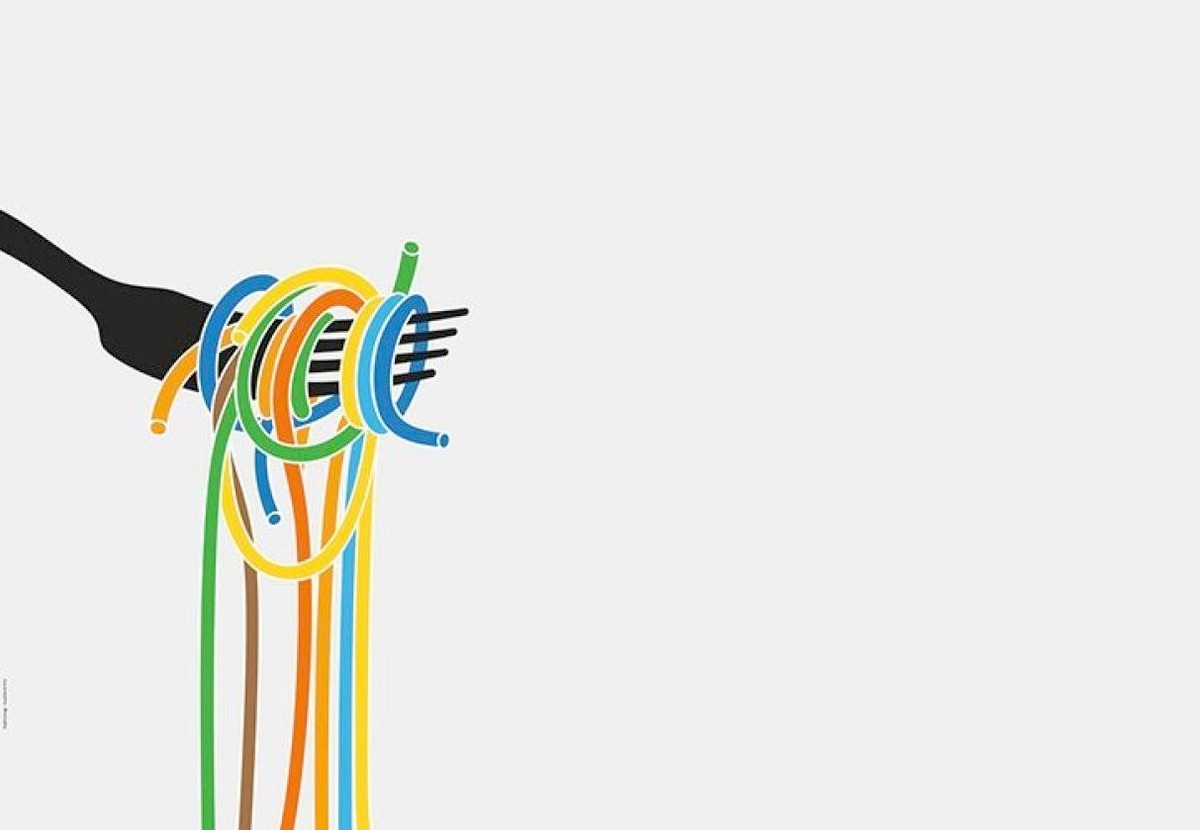


There is a need to balance teams with tastes tactfully keeping technology on top to give a deep insight into a customer’s buyer journey, every mouthful of the way
The restaurant market in India is known for being competitive and risk intensive. It is not necessarily true that the restaurants with more capital will always survive. The profession faces cyclical demands and given the high cost of operations, success depends on getting right not just one, but multiple processes. It is a gargantuan task for a food brand to maintain consistent quality and still be profitable.
Case in point, the market share of unorganized players in the food industry has significantly reduced and is estimated to fall even further, something that cannot be labelled as a pure coincidence. Thanks to technology, the past decade has seen the organised food business flourish. Shifting attitudes of demographics and changing lifestyles are surging the food-service industry. As a result, food brands have introduced multiple formats over the years. Each of these caters to a distinct target audience to differentiate themselves. But what has really been a game changer for the food industry in the last few years is a relatively new setup – cloud kitchens, a model where frantic discounts and heavy operational expenses take a backseat.
Understanding cloud kitchen – the modern-day restaurant
Simply put, cloud kitchens (aka stealth kitchens, aka dark kitchens, aka ghost kitchens) completely forego servicing guests on-site and focus primarily on delivery – getting the food safe and fresh to the buyer who has ordered it online. This lowers the overhead operational costs and provides a medium to low-risk environment for the business.
The primary challenges that food business face – lack of eco-friendliness, food wastage, and balancing the supply-chain – are all aspects that can be tackled head-on with a cloud kitchen model. Eliminating the larger base line challenges helps brands focus on consistency and consumer experience.
Cloud kitchens come in three variants – the cloud kitchen-as-a-landlord service (CKLS) that divides real estate and utilities into smaller parts to operate delivery-only kitchens, such as the ones offered by Swiggy or Zomato; virtual restaurants, that operate on a chef-based delivery only model, e.g. Freshmenu or Munchery; and cloud kitchen as-an-operating system (CKOS), that leverages culinary, supply-chain and tech platforms to build and scale brands catering to any cuisine in the world. Keatz from Germany is a classic example of CKOS.
All about deploying the model properly
If you were to consider scalability (and rightly so) as a critical lever for growth, all three models allow location agnostic success and can be scaled fast. The CKLS model, due to its flexibility of replacing restaurants with one another, can either choose to invest in other brands or create its own brands, depending on projected success rate. Virtual restaurants on the other hand rely on chefs, which means scalability depends entirely on quality adherence. The CKOS model, while retaining the advantages of flexibility and medium to low operational risk, involves heavy investment in culinary expertise and supply chain technology.
No one ring to rule them all
With so many models available, how then does one go about ensuring that one gets the mix right? The fragile loyalty of customers is also defined by the fact that food as a sector is defined by parametric decision-making. Customers’ choice depends on multiple factors, including time at hand, time of the day, day of the week and mood, among others. Also, unlike any other category, food choices rely heavily on external stimuli such as a special dietary needs, social events or choices of people around you.
We see consumers shift from Cordon Bleu from a luxury French fine-dining, to ordering pizza online, to often even the pocket-friendly vada pav, all in the blink of an eye. Virtual restaurants, cloud kitchen-as-a-landlord service and cloud kitchen as-an-operating system can all go for a toss, if a heady balance of farm-to-fork at the back-end and who-will-eat-what at the front end is not maintained via technology.
Thence for a food brand, it is essential to identify their consumer and his / her needs. Incidentally, designing the framework of your offerings according to the fancies of your target audience is not something technology is not capable of doing today. But the challenge for any foodtech brand is in remembering that while technology can play an integral role in guiding scalability, profits, numbers and processes, personalisation using this technology to deliver an individualistic experience will ensure longevity.
And getting ‘personal’ right is what will give a food brand top-of-mind recall for a consumer and make it stand out.
Thus, even as the food segment comes alive with multiple investment deals being announced across industry players, today’s restaurateurs would do well to remember that if they want to keep the inflow of orders and funding on a high, they need to balance teams with tastes tactfully keeping technology on top to give a deep insight into a customer’s buyer journey, every mouthful of the way.
Source: BusinessWorld: http://www.businessworld.in/article/Getting-The-Modern-Day-Restaurant-Business-Right/13-04-2019-168982/